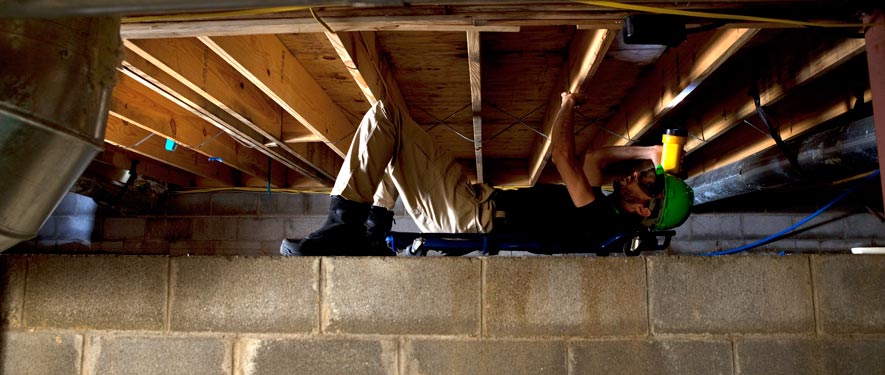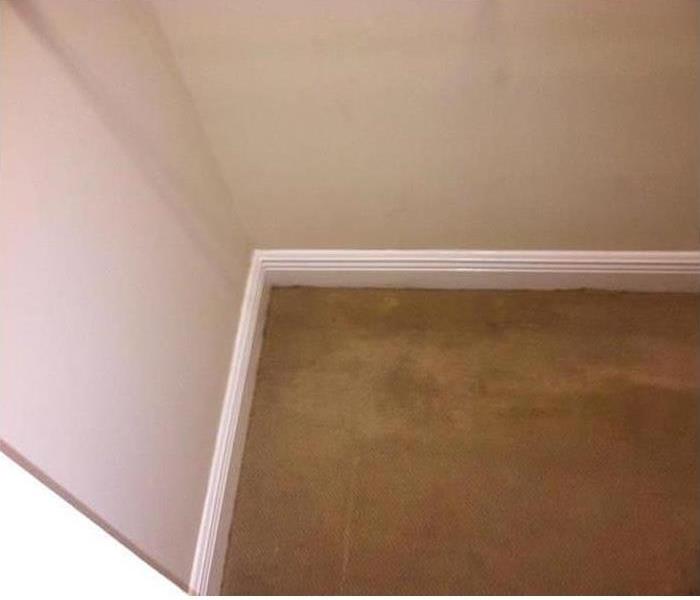
“Mold Removal” vs. Mold Remediation
What’s the Difference?
The Remediation Process
Mold and mildew remediation begins with air samples to determine the type of reproductive spores, as well as their concentration. Unlike inert dormant spores, reproductive spores released by active growing mold are known triggers for allergy symptoms and suspected in a variety of illnesses. Identifying the type of mold by spore samples helps remediation experts determine the best approach. The spore count also provides a basis to estimate the extent of contamination inside the home.
Once locations of growing mold are pinpointed, those areas are sealed to achieve containment and prevent further spread. Clean-up of mold depends upon its location. Where it grows on hard, non-porous surfaces, wiping followed by treatment of the surface with an approved biocide to prevent recurrence may suffice. When mold growth affects porous materials, such as wood, wallboard and other building materials, the growth may infiltrate beneath the surface and require removal and replacement of the affected material.
To remove active reproductive spores from the whole-house environment, high-efficiency filters are installed in the HVAC system. HEPA-filtered vacuums are also utilized to remove spores that have settled out of the air.
No mold or mildew remediation project is complete without identifying and addressing issues that may have contributed to active mold growth. These include ongoing sources of moisture such as plumbing leaks, rain seepage from outdoors, ground water intrusion or even simply chronic high indoor humidity.
Signs of Mold? Call Today – (903) 893-7166
Understanding Mold
When water intrudes into your property, mold growth can start in as little as 48 hours. Consider the following mold facts:
- Mold is present almost everywhere, indoors and outdoors.
- Mold spores are microscopic, float along in the air, and may enter your home through windows, doors, or AC/heating systems or even hitch a ride indoors on your clothing or a pet.
- Mold spores thrive on moisture. Mold spores can quickly grow into colonies when exposed to water. These colonies may produce allergens and irritants.
- Before mold remediation can begin, any sources of water or moisture must be addressed. Otherwise, the mold may return.
- Mold often produces a strong, musty odor, and that odor can lead you to possible mold problem areas.
- Even higher-than-normal indoor humidity can support mold growth. Keep indoor humidity below 45 percent.
The Mold Remediation Process
Every mold damage scenario is different and requires a unique solution, but the general mold remediation process stays the same. Learn more about our mold remediation process.
- Emergency Contact - (903) 893-7166
- Inspection and Mold Damage Assessment
- Mold Containment
- Air Filtration
- Removing Mold and Mold-Infested Materials
- Cleaning Contents and Belongings
Locally Owned Company with National Resources
SERVPRO of Sherman/Denison is locally owned and operated—so we live and work here too and are proud to be part of this community. We are also part of a national network of over 2300 Franchises with special Disaster Recovery Teams placed strategically throughout the country to respond to large-scale disasters.
We are proud to serve our local communities:






 24/7 Emergency Service
24/7 Emergency Service




